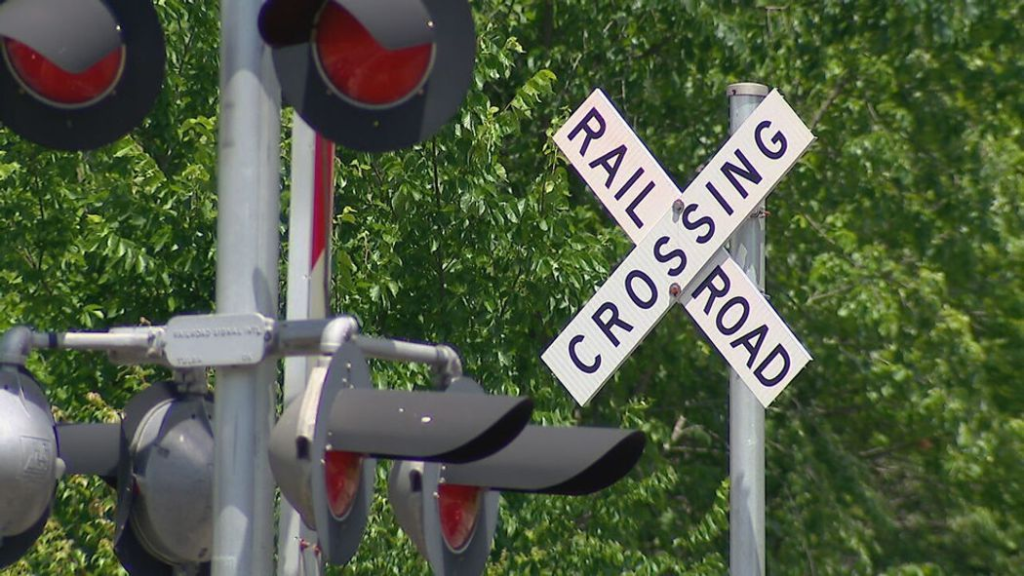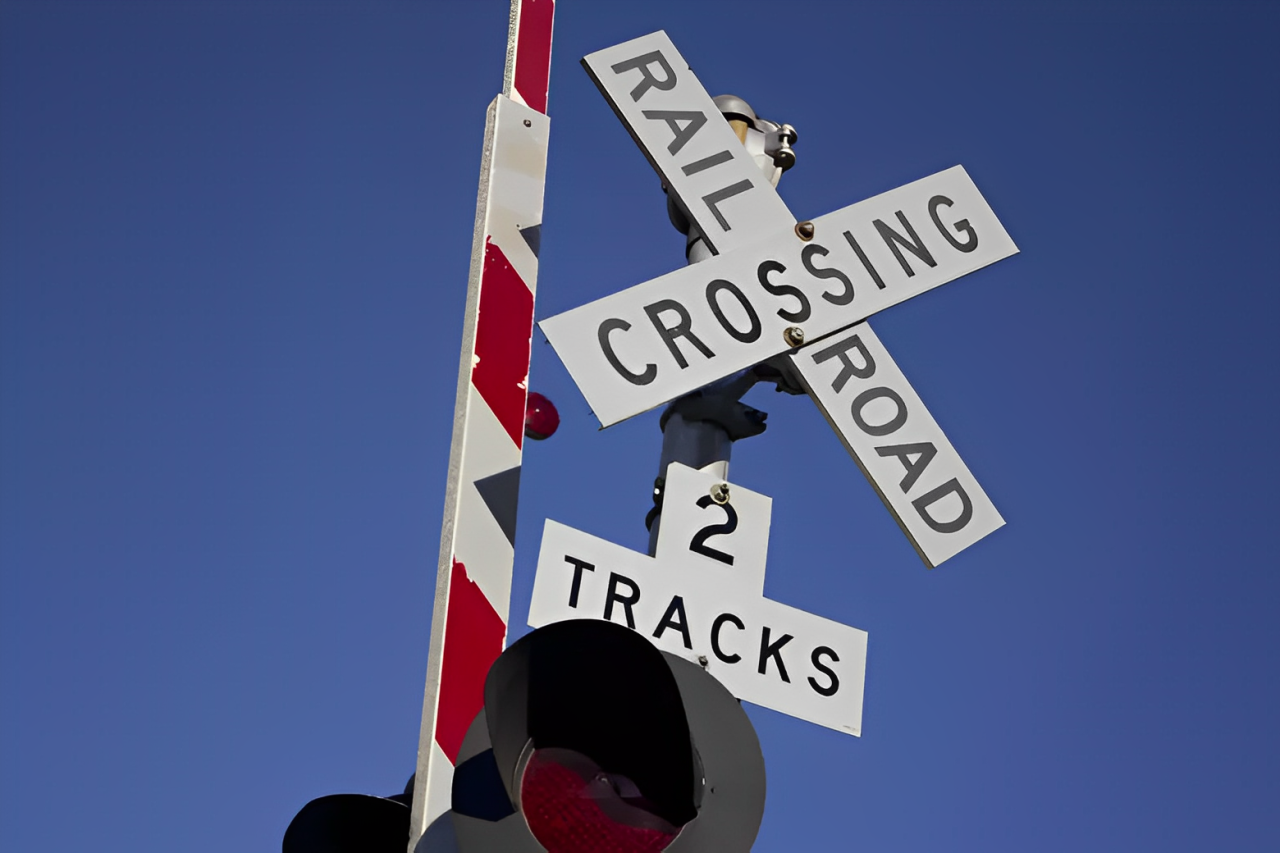Train crossings are something that almost all drivers in Maine encounter at some point, yet they are often overlooked. When approaching a crossing, the red lights flashing and the gate arm coming down are signals to stop and let a train pass by.
Most drivers don’t consider how fast the train is moving when it crosses the intersection, but this could soon change. A company that operates freight train crossings in Maine is planning to increase the speed of its trains, and this could lead to more dangers at these crossings.
CSX Transportation, which operates freight train services across parts of Maine, has announced that they will be raising the speed limit for trains traveling through certain crossings in the state. Previously, freight trains were limited to a speed of 25 miles per hour when passing through these crossings.
But the new speed limit will be increased to 40 miles per hour, allowing the trains to travel faster and reach their destinations more quickly. This change in speed will also mean that the trains will not have to slow down as much when passing through communities like Auburn, Waterville, and other towns in the region.
While this change in speed will help improve the efficiency of the trains and speed up their journeys, it also brings a number of concerns for drivers, pedestrians, and the general public. In Maine, train crossings are already considered a significant safety issue, as there have been numerous accidents and incidents involving pedestrians and trains.
Just last year, there were several high-profile incidents in Portland and Old Orchard Beach, where pedestrians were involved in accidents with trains. These accidents serve as a reminder of the potential dangers that exist at railroad crossings, especially when trains are moving at slower speeds.
Now, with the increase in speed, the risk of these accidents becoming more serious could increase. For instance, a train traveling at 40 miles per hour will take less time to pass through an intersection, but it also means that drivers and pedestrians will have less time to react.
For drivers approaching a crossing, the faster train may seem to come out of nowhere, increasing the chances of a collision if the proper precautions aren’t taken. Similarly, pedestrians who are crossing near train tracks may not have enough time to safely cross if the train is moving faster than usual.
In light of these increased risks, it is even more important for motorists and pedestrians to follow the basic safety rules at railroad crossings. One of the most important things drivers should do when approaching a crossing is to obey the flashing red lights and the lowering gate arm.
These signals are there to ensure that drivers stop and wait until the train has completely passed through the intersection. When the lights are flashing and the gate is down, drivers should never attempt to go around the barrier or try to beat the train to the crossing. With faster-moving trains, it is more critical than ever to wait until it is fully safe to proceed.

Pedestrians also need to be especially cautious at train crossings. While pedestrians may not always be in cars, they too are at risk when crossing train tracks, especially if the trains are moving faster than they expect. It’s important to pay attention to warning signs and signals and only cross when it is safe to do so. The best practice for pedestrians is to always use designated pedestrian crossings, and to avoid trying to cross the tracks at locations where there are no clear warnings.
In addition to the increased speed, it’s also worth considering the role of local government and transportation authorities in addressing these safety concerns. While the increase in speed for CSX trains may be beneficial for the efficiency of freight transport, it also requires careful management and oversight.
It’s essential that there are strong safety measures in place at crossings to ensure that the risk of accidents remains as low as possible. This could include improving warning systems, adding more gates or barriers at crossings, and increasing awareness about the potential risks of faster-moving trains.
While CSX’s decision to increase the speed limit for freight trains may lead to some benefits, such as faster transportation and less need to slow down at crossings, it also brings significant safety concerns that cannot be ignored.
With the higher speeds, both drivers and pedestrians will need to be extra cautious when approaching railroad crossings. Following the basic rules of train crossing safety, such as stopping at red lights and never going around the gate arm, is essential to keeping everyone safe.
The state of Maine, as well as the company responsible for operating the train crossings, must continue to monitor the situation and work to mitigate any risks associated with these changes. Ensuring that drivers and pedestrians remain safe at railroad crossings should be a top priority, especially with the increased speed of the trains. It’s up to everyone—drivers, pedestrians, and local authorities—to work together to prevent accidents and keep Maine’s railroad crossings as safe as possible.
Disclaimer: This article has been meticulously fact-checked by our team to ensure accuracy and uphold transparency. We strive to deliver trustworthy and dependable content to our readers.

